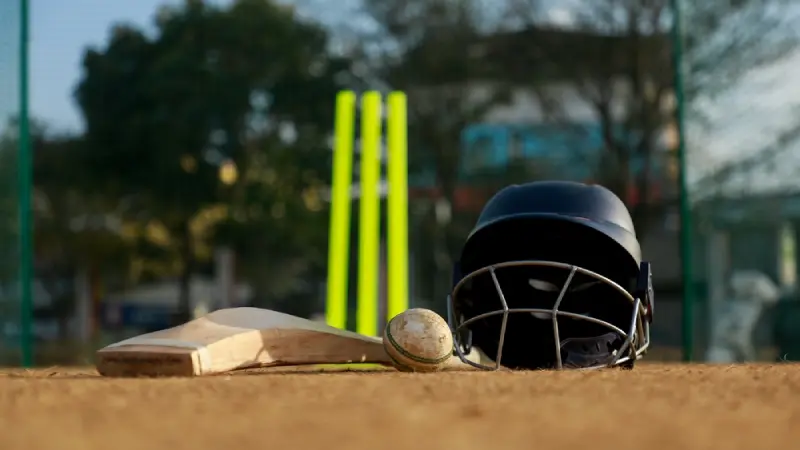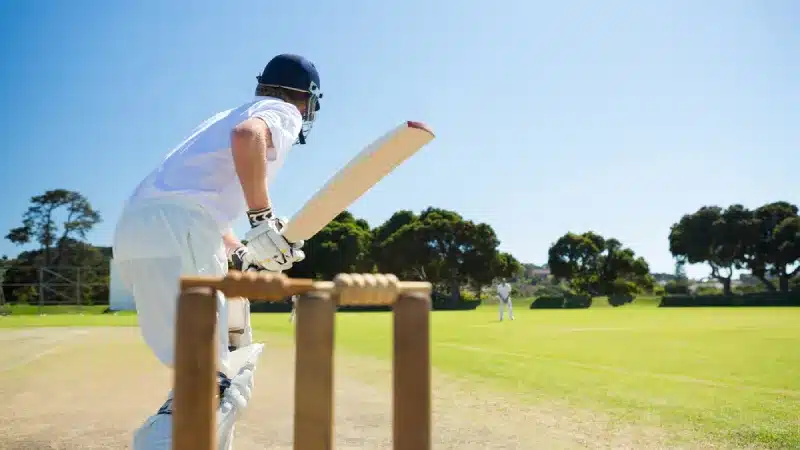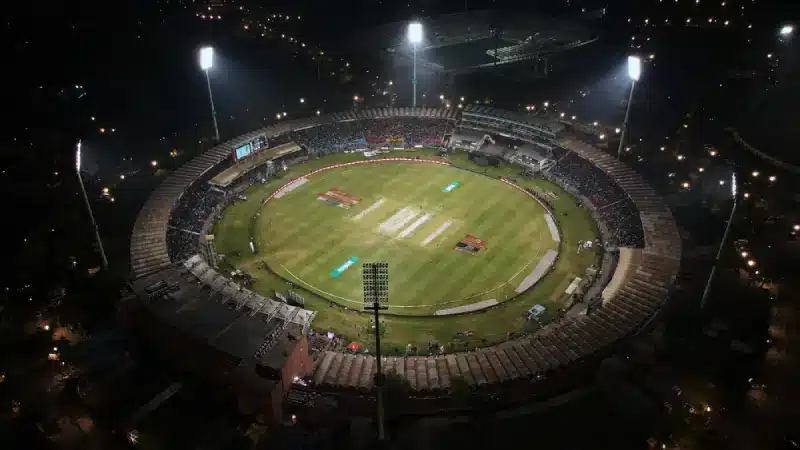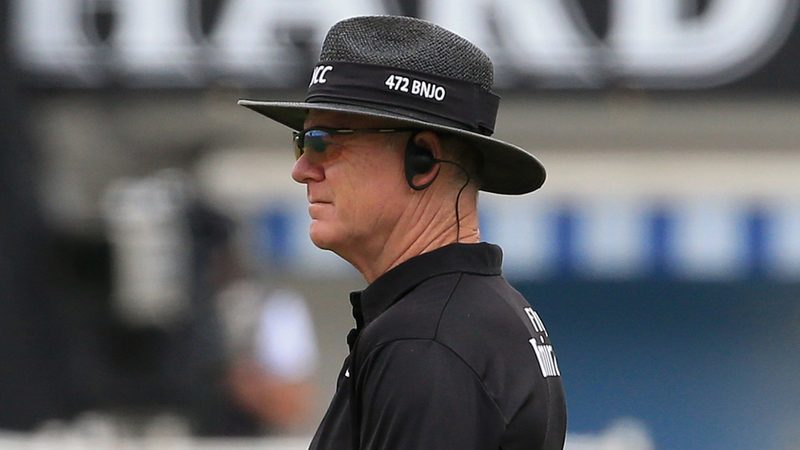
The International Cricket Committee (ICC) announced that the front-foot no-ball call will solely lie in the hands of the third umpire starting with the ICC World Cup Super League which will commence on Thursday, July 30th.
The move was first trialled during the ODI series between India and West Indies and then again at the ICC Women’s T20 World Cup in Australia earlier in the year. The move has now been made official and will now apply in ODIs as well as T20s.
It's a move that has been long overdue. The number of missed no-balls have been spiking over the past few years and have led to stark criticism of international umpires. Front-foot no-balls have been checked on dismissals for a few years and have led to some high-profile reversals of decisions.
Australian opener David Warner has been a beneficiary of this on several occasions and has scored three centuries after being dismissed on a no-ball that wasn’t called by the on-field umpire.
However, umpires missing no-balls isn’t exclusive to dismissals. During the 2019 Indian T20 League season, umpire S Ravi missed a clear no-ball by Lasith Malinga on the final ball of the match which Royal Challengers Bengaluru lost by just 3 runs, much to the ire of skipper Virat Kohli, who did not mince words upon seeing the replay.
"We are playing at the Indian T20 League level and not playing club cricket,” fumed Kohli in the post-match presentation. “The umpires should have had their eyes open. That is a ridiculous call in the last ball. If it is a game of margins, I don't know what is happening. They should have been more sharp and careful out there.”
The use of technology to help referees and umpires across sports is a positive move as it helps eliminate a bad decision from affecting the outcome of a contest. Be it the Virtual Assistant Referee in football or the Decision Review System in cricket, technology has certainly aided in minimising refereeing error in sports.
Ravi Ashwin demands more
Indian spinner Ravichandran Ashwin has welcomed the move but also demanded that runs be taken off the scoreboard if a non-striker steps out of his crease before the delivery is bowled.
Just hope that technology will see if a batsmen is backing up before the bowler bowls a ball and disallow the runs of that ball every time the batter does so!!Thus, parity will be restored as far as the front line is concerned. #noball #dontbackup
— Ashwin (@ashwinravi99) July 28, 2020
Ashwin has vehemently voiced his displeasure at batsmen ‘taking a start’ and was right in the middle of a storm when he ran Jos Buttler out during an Indian T20 League match between Punjab and Rajasthan in 2019.
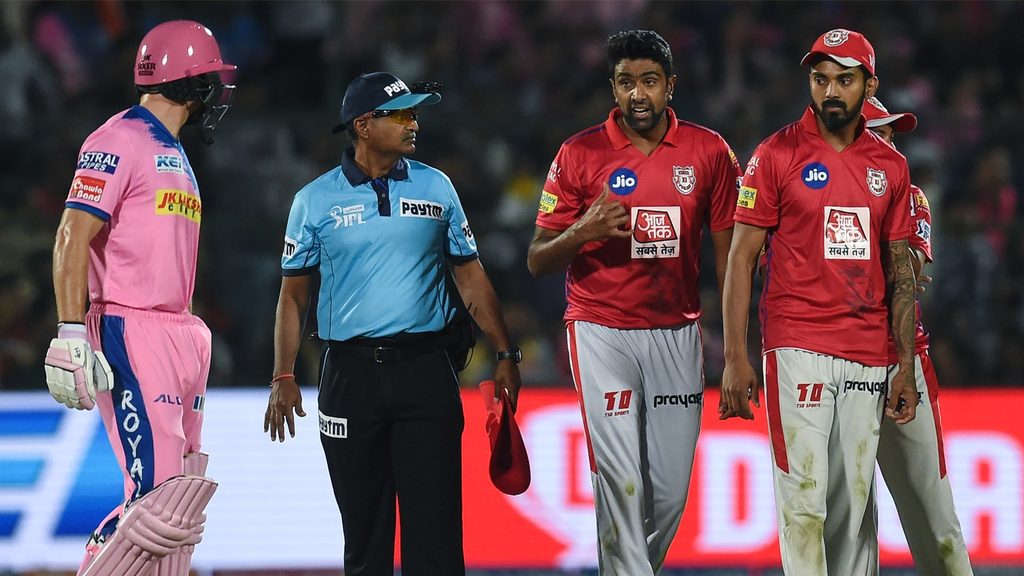
Mankading, as it is known, has always been a matter of heated debates in cricket and has split opinion right down the middle, with one half debating that it is natural for a non-striker to start moving forward while the delivery is being bowled and the other half countering that it gives batsmen an unfair advantage, especially in the event of a tight run-out call.
Ashwin’s demand is certainly fair. A batsman not crossing the opposite crease with his bat during a run leads to it being taken off the scoreboard, then why should a run count if the non-striker steps out of his crease before the ball is bowled?
While some have countered Ashwin’s demand by claiming that he can simply run the batsman out at the non-striker’s end, but the spinner refuted the suggestion, stating that the stigmatised nature of Mankading in cricket -- one that he has experienced firsthand -- works against a bowler’s will to do it.
In this context, Ashwin is correct and the use of technology to deem a run ‘short’ in case the non-striker steps out of his crease will certainly ensure that the game is played more fairly and that batsmen need to be wary about when they leave the crease to start their run.
Images courtesy: AFP / Money Sharma / Lindsey Parnaby
Disclaimer: The views and opinions expressed in this article are those of the author's and do not necessarily reflect the official policy or position of SportsAdda.












